Steph W. from SEOPressor


...help you check your website and tell you exactly how to rank higher?


95
score %
SEO Score

Found us from search engine?
We rank high, you can too.
SEOPressor helps you to optimize your on-page SEO for higher & improved search ranking.
By vivian on March 9, 2017
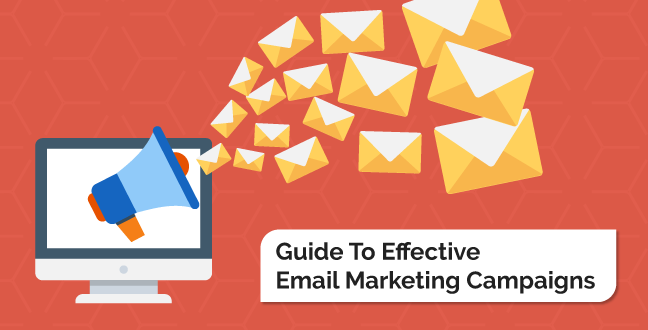
With so many strategies to choose from, one of the biggest marketing questions we face in the Internet age is: how do we get customers interested, and keep them interested?
A recent report says that 77% of consumers are more likely to respond to permission-based email marketing campaign. It’s a fast and effective way to create, build, and maintain customer relationships, communicate brand image, increase web traffic, and generate leads.

It’s also a great way to collect data and find out what your customers respond to best, including the content they are most interested in. Here’s what I say: Keep in touch with your customers and they’ll keep you in mind!
So, what are the steps to creating an effective email marketing strategy? Glad you asked!
Well, the first is identifying which of the many email marketing services suit you and your site best. Here at SEOPressor, we use AWeber, but there are many lists you can browse which rank the best services of 2017.
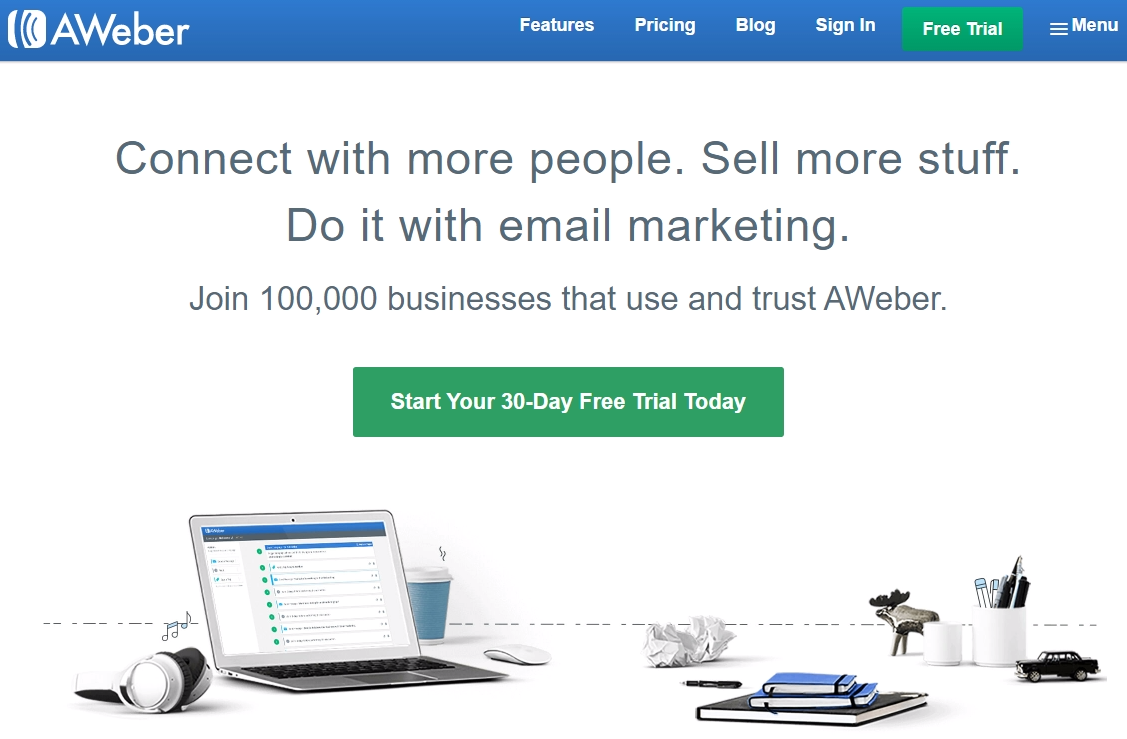
Now, let’s explore the main purpose of your email: work out if it’ll be a one-time only email, say for an exclusive advertising campaign, or when your site releases a new product or feature.
My advice for beginning is to ask yourself, “What is my goal?” Are you asking the recipient to sign up for a webinar? Or could you be asking them to take out a membership for your site to unlock subscriber-only features?
I find that the key to success lies in knowing your audience.
When it comes to email marketing, my thoughts are that personalization can make or break the effectiveness of your strategy.
Communicating with your readers who are valued customers not only means that they are more likely to engage with your emails consistently, but it’s also an fantastic way of building strong customer relations and satisfaction.
Hot tip alert: If you’re having any trouble figuring out the tone and content of your emails, it can help to first work out the kind of format you’d like to use, whether letters from the company CEO, or weekly/monthly newsletters.
Any better feeling than when you know you’re on top of everything? Nope!
To help keep on top of things with your email marketing campaign, you can’t go wrong a well-segmented list.
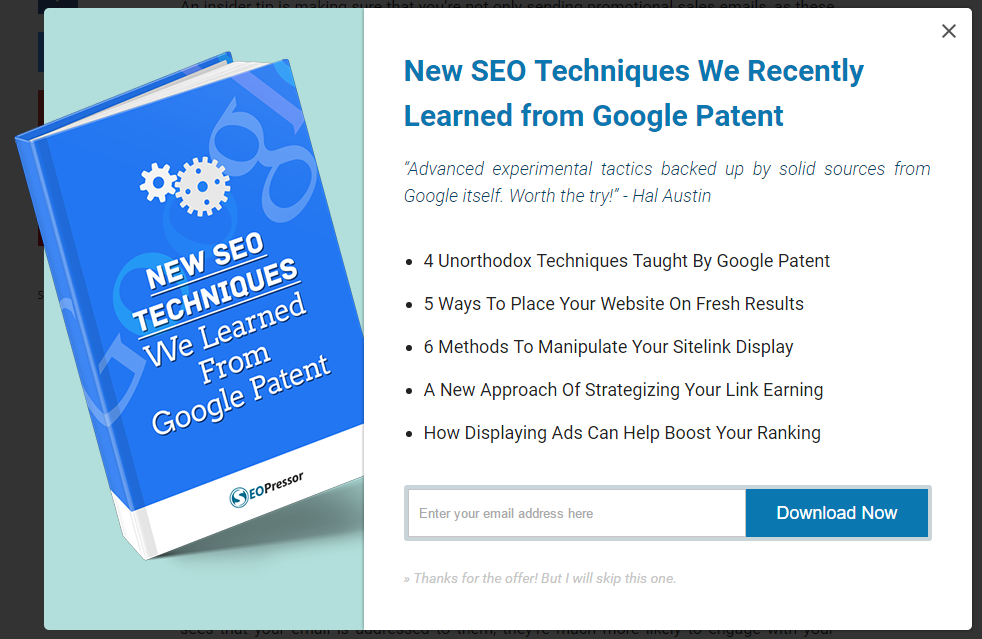
Now, it’s time for a bit of mind reading! Kinda.
Since you’ve established your main marketing goal, you need to get into their minds of your soon-to-be readers: What do they want to receive in their box? Why? What’s in it for them?
An easy way to attract subscribers is to create a ‘hook’ at the account registration step. Think of a short and sweet way to state the benefits of registering for your emails. If you can, it’s best to give only one strong key point.
Word of mouth might be one of the oldest and most effective marketing strategies around, so why not integrate it into your email marketing campaign?
You can give your readers the option to forward things from your emails to their friends. This could be wish lists, specific products or information, articles or blog posts, or media such as podcasts and webinars.
Something that lots of companies do to help generate more subscribers is ask their readers to register their emails when they want to access certain parts of a site. Maybe this is when they request to view catalogs or company info, or for a product or service quote.
If the best things in life are free, well this has to include free trials! You can ask readers to leave their emails to access exclusive content for free for a limited time (also a terrific way to generate paid subscriptions).
But these suggestions on how to grow your email list are only the tip of the iceberg. You can check out a more comprehensive list in our blog, 10 simple tips growing your email list.
This first email always seems a little daunting to write, but don’t fear! All you need to do is keep it simple.
It helps to keep these short to hold your readers’ attention. Try to choose only two or three points you want to make in your email, which also means you’ll always have ideas and content for the future.
When in doubt, we return again to asking what our customers want to see.
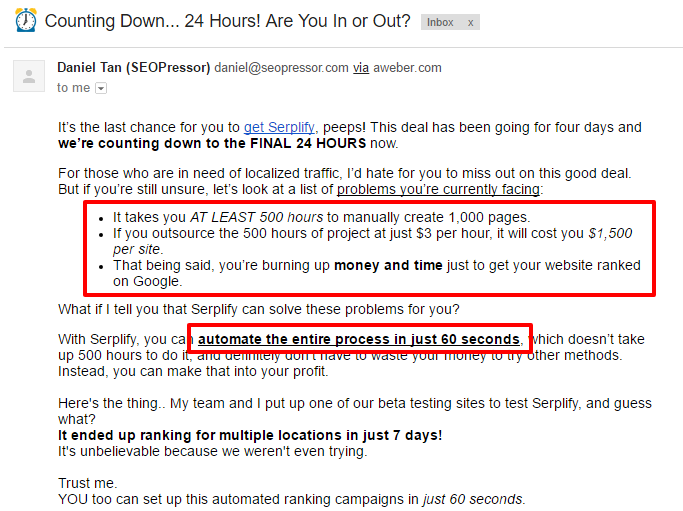
Careful, though. If you go overboard your email will look crowded, which can overwhelm the reader’s eye. Some basic knowledge of graphic design definitely won’t go astray. But also don’t worry as you’ll learn as you go.
An insider tip is making sure that you’re not only sending promotional sales emails, as these are the kind that can sometimes land in the spam folder. Always think of the benefits that your readers will gain from your email.
If you follow our blog you’ll know that a clear call-to-action can be super important.
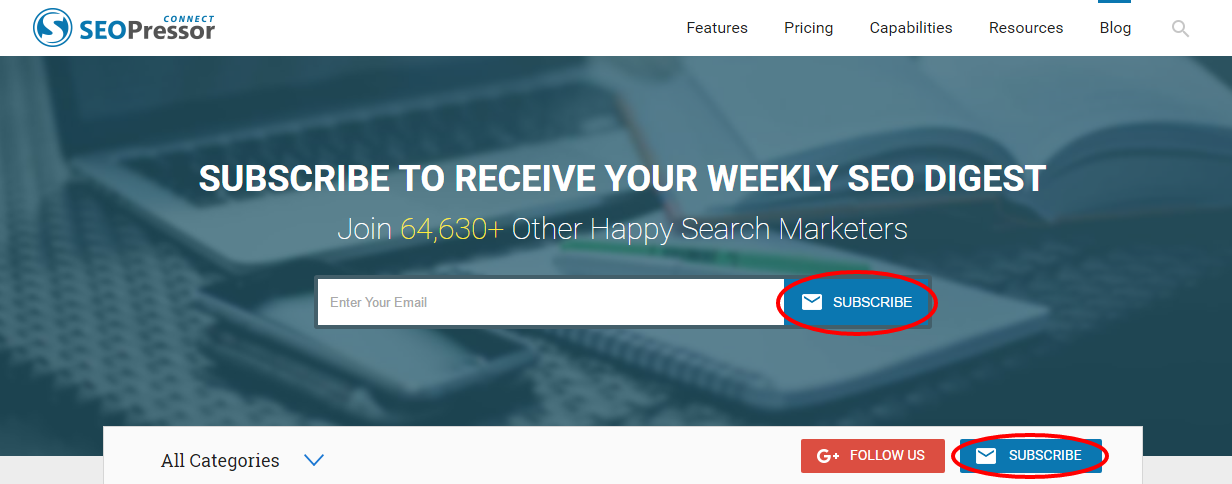
A tip for placement could be around the header or footer of your emails, and can take the form of a large button or a simple link. A tried and tested example is if you want to encourage your readers to sign up for your webinar, you can link a ‘Sign up now!’ button that will take them directly to that feature on your site.
Keen for some easy and helpful tips? Check out our previous blog post on how to create the perfect call-to-action.
Okay, great! You have the tools in place to encourage your readers to sign up. Now, we need to make sure they see you in their inbox sooner rather than later.
This first follow-up email can be crucial to the success of an email marketing campaign.
At SEOPressor, we’ve found that AWeber is great for this—as soon as a reader signs up, they’re able to receive an immediate follow-up email.
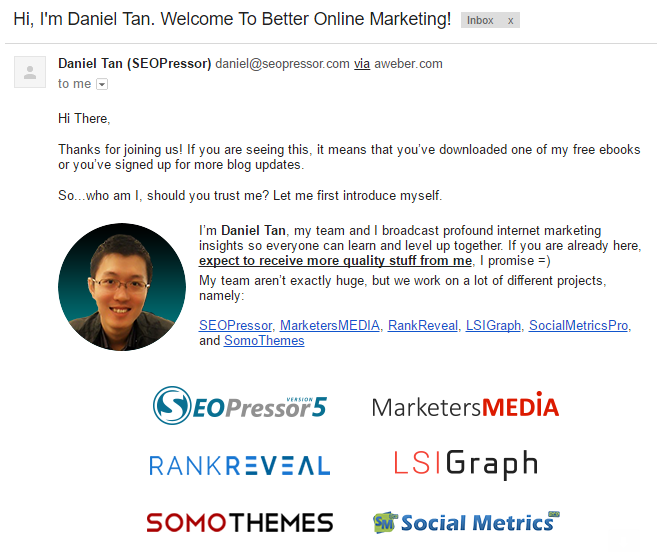
Lots of people are concerned about online security these days, so this is also a great place to mention your customer privacy policy!
What we always make sure to keep in mind is audience relevance. We ask, “What do our customers want?” Instead of: “What do we want to sell?”
If subscribers include their names in the sign up process, you should make use of this too! If a reader sees that your email is addressed to them, they’re much more likely to engage with your message. A personal touch never goes astray in customer relations.
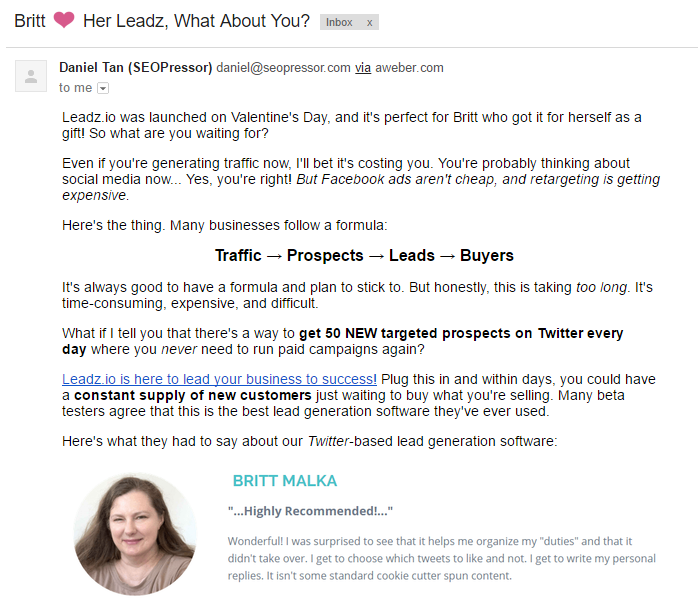
The tone of voice you use is also important: it’s not just what you say, but how you say it. A chatty, informal tone can often be more effective and engaging than a formal one. That being said, make sure you match tone to content. You wouldn’t want an important letter from your CEO reading like a text message!
Now, for the not-so-fun (but very important) stuff. It’s time to revise what you’ve written. Check closely for correct spelling and grammar, and keep in mind that your email is also the face of your brand.

It can be a good idea to stick to simple and clean graphics. If you can, avoid stock photos. You don’t want to accidentally reduce the visual quality of your emails after all of the hard work you’ve put in!
Lastly, keep an eye on the file size. We try to aim for below 102k, as any higher can decrease deliverability.
Before you send your email out into the world, it’s important to test it for yourself to make sure that all is running smoothly, especially to make sure that it’s not ending up in the spam folder.

This should always be on your mind because when I first started email marketing, I didn’t know about this. I sent my email without testing and it went to the spam. I was literally waiting for the whole day for some replies, but I didn’t receive any until my teammate told me that he got my email in the spam folder.
That’s when I realized that I’ve made a mistake. When you email gets into the spam folder, your effort is literally wasted. So you should avoid that.
Now, you’re almost ready to go…
You may see better results when sending your email during the weekdays, especially in the morning. I know this probably depends on the business’ trading hours, but the rule generally applies.
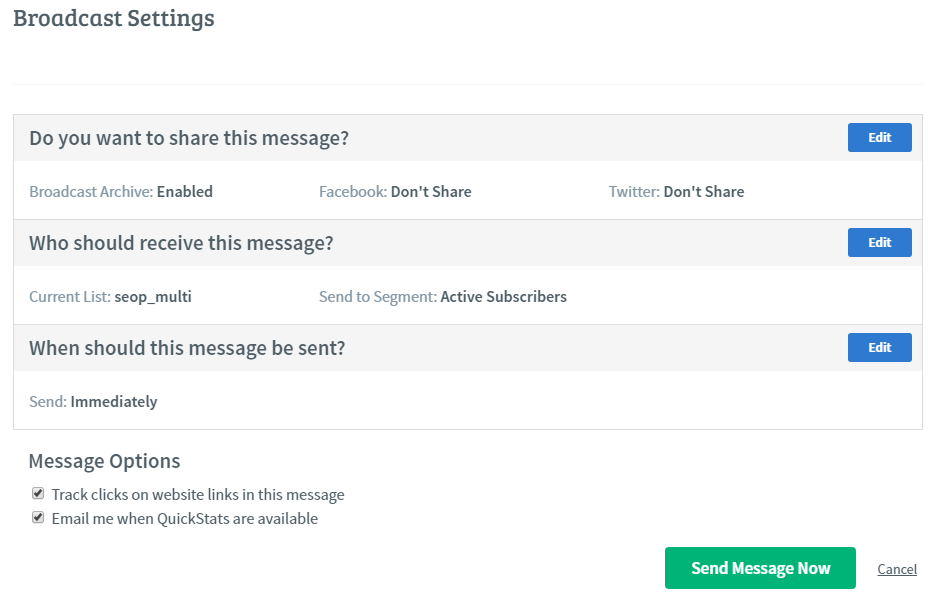
Your email marketing campaign is in full swing. Time to find out how effectively it’s working.
For more tips, stay tuned for our blog post soon where we’re finding out the best and worst times to send an email.
For us, using analytics to track our emails has been the easiest way to find out just how successful our campaign is. We use AWeber for this too.

 We called this an ‘engagement score’, which efficiently tally the number of emails opened, and the number of email click-throughs.
We called this an ‘engagement score’, which efficiently tally the number of emails opened, and the number of email click-throughs.To track our campaign’s success we follow: the number of emails opened, the number of click-throughs, and the number of those who have unsubscribed.
If the rate of emails opened is low, this can mean the emails are being deleted as they are received. But not to worry. A simple and effective fix is by increasing the value of the emails to subscribers.
What about a low click-through rate? If that’s the case, the message may not be capturing your readers’ interest. This is a commonly face issue, but also easily fixed! It helps to revise the content of the emails, figuring out the most interesting information can be communicated.
If the issue is the unsubscription rate, then unfortunately it can be the most complex to resolve. Something about the email marketing strategy is just not working. It might take a little time to figure out what it is and why. However, it’s totally worth it!
An email marketing campaign is so simple to set up, and we think definitely worth giving a shot! In our experience, your email list can be one of the most valuable resources to a small business. Just check out our post on cart recovery emails here. The time and effort you put into your email marketing strategy really does turn into real results.
And, because I love a good list, here’s my super quick run-through on a few ways I maintain these results:
Last but not least, don’t forget to do A/B testing for your emails. Find out what kind of email content or design that your subscribers prefer and how can you cater it to them. With this, you’ll get to know your audiences better and it will help to grow your business.
What has your experience been with email marketing campaign? How do you keep your customers engaged, while also attracting new ones? Do drop your tips for effective email marketing strategies down in the comments, and let us know what other kinds of marketing strategies you’d like us to blog about!
Related Links:
Updated: 28 December 2025


Save thousands of dollars (it’s 100x cheaper)

Zero risk of Google penalty (it’s Google-approved)

Boost your rankings (proven by case studies)
Rank High With This Link Strategy
Precise, Simplified, Fast Internal Linking.
